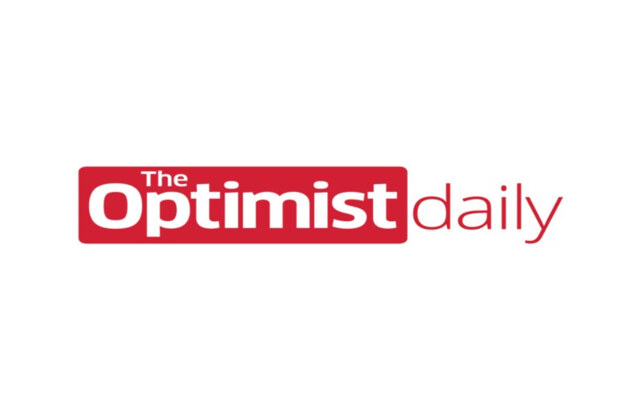All the ants on earth weigh as much as seven billion people. That calculation comes from German biologist Bert Hölldobler and American biologist Edward Wilson in their book The Ants (1990).
Ants are constantly busy, carrying things from here to there without leaving a trace of trash behind. Ants contribute to the greater good by cleaning up refuse, aerating the soil and keeping harmful insects in check.
From an ecological perspective, ants, compared to humans, absolutely come out on top. We too drag a lot of stuff from left to right and back again, but we leave behind a considerable amount of trash and pollution. We can learn something from ants, and in the broader sense, from nature.
That learning process is behind the initiatives for the circular economy, which is central in our current magazine’s issue. How can we transform the world’s economy in such a way that the endless stream of goods don’t lead to an endless stream of trash? Innovative companies can succeed in using trash for new products. That is more than well known in the recycling world because trash from one product has the base ingredients for a new product. The circular economy offers a lot of room for creativity and innovation.
To read more about the circular economy:
1. Gunter Pauli on the Blue Economy: http://theoptimist.com/economics-for-a-blue-planet/#!LssF9
2. Mushrooms grow on waste: http://theoptimist.com/mushrooms-grown-green-waste/#!LsuN7
3. Biodegradable water bottle: http://theoptimist.com/eatable-water-globe/ – !Lsu9g












